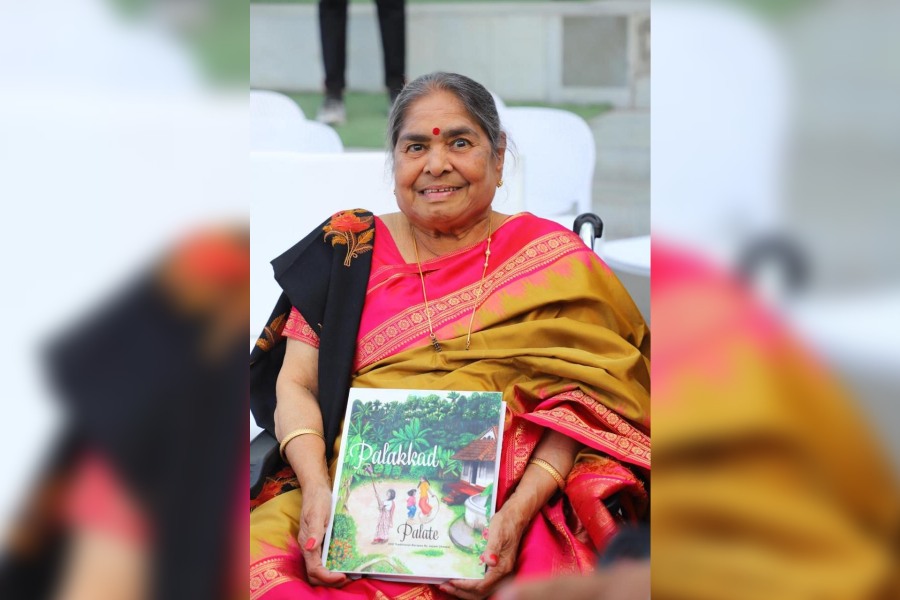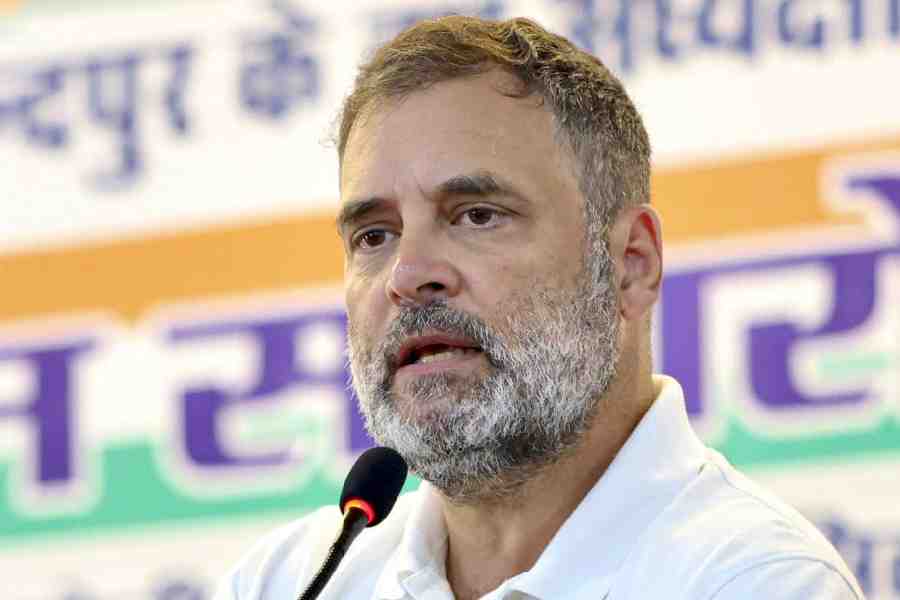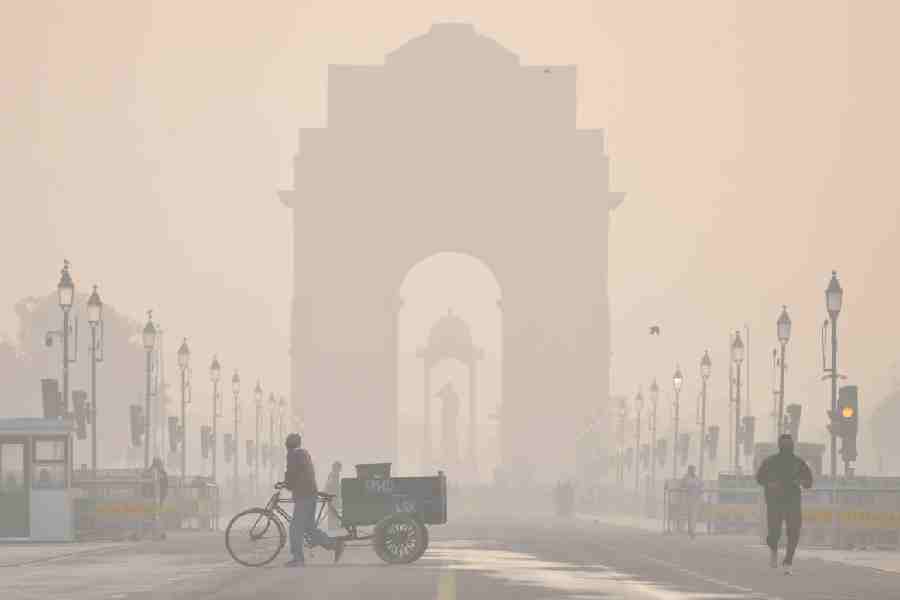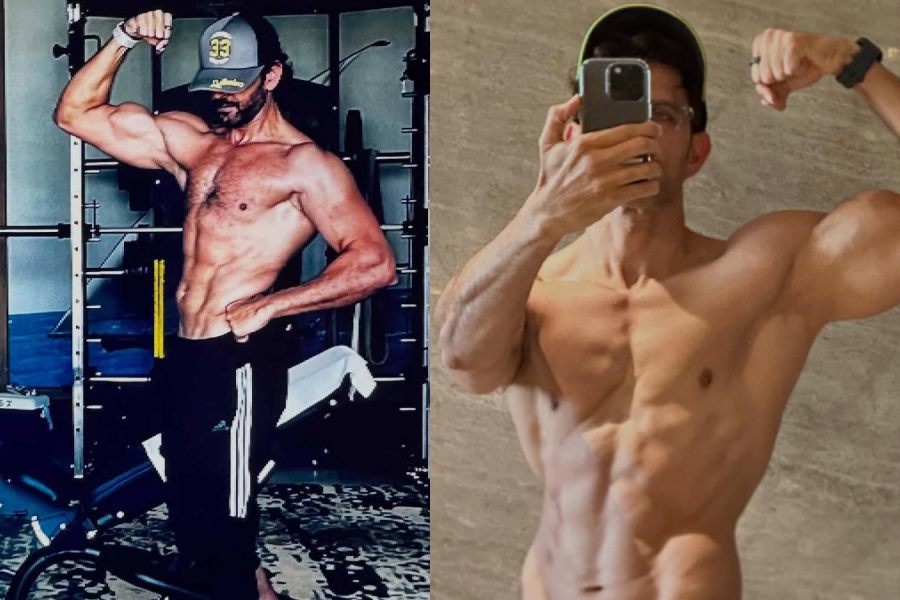Jayalakshmi Ramdas’ Palakkad Palate is an absolute visual delight featuring 200 traditional recipes from Kerala. A native of Kalpathy Agraharam in Palakkad, Kerala, Jayam reminisces about her childhood days in her hometown spent with her nine siblings and mother; her father would be away on work. Jayam’s childhood would mostly be about cooking for the family. She found joy in preparing Prasadam on festival days. Family and neighbours, kids to grannies, would heap praises on her and her love for cooking kept growing. She has woven nostalgia into her book by combining pleasing visuals of her village and the dishes made with authentic South Indian spices. It’s never boring as you flip through the book that tells you myriad ways to spice up the regular sambar and chutneys with unique variations.
The book’s introduction tells us that Palakkad cuisine has an unwavering love for rice-based dishes with a side of chutneys. The cuisine also features extensive use of different kinds of dal, coconut and chilli and the use of oil is minimal. Steam cooking is the preferred way of bringing a flavourful explosion in your mouth in a typical Palakkad household. Natives of this lush green region also savour their simple meal consisting of rice with Kootan, Poduthuval, curd and pickle.
The recipes in the book are mostly vegetarian; a few of them mention use of onion and garlic. There are vegan dishes too.
The Telegraph caught up with the 78-year-old native of Kerala.
How did you develop your passion for cooking?
I grew up in a big family with four sisters and five brothers. My mother was a hardworking woman. She would be in the kitchen and fulfil her other household duties. I started helping my mom at an early age. She would teach me small things. And very soon I got interested in cooking. I would cook for my siblings. My mom passed on to me our generations-old recipes. She taught me everything.
Why did you write this book?
It was my elder daughter, Pushpa’s constant encouragement. I was going through a gloomy phase at that point in time. My husband had been suffering from heart ailments and I would be by his bed in the hospital all the time. She urged me to focus on my love and passion, which came out in the form of this book. I wrote this book as I wanted to lend my culinary knowledge to the world. Traditional Palakkad dishes are beautiful and should be preserved. We need to stay close to our roots. We cannot afford to lose touch with our ancestors’ diverse and beautiful taste palates. In this book, I have tried to recreate those recipes. I started out in 2021 and took one and a half years to finish it.
What is your favourite dish from the book?
It would be very difficult to name just one. The sweet dishes and the munchies are my favourites for sure. Mysore Pak and jackfruit payasam too. Avial, among curries.
One of your oldest childhood cooking memories....
I was 13. I made Mysore Pak for the first time and everybody liked it. That remains very special and fresh in my mind to this day.
Are the recipes in your book your own improvisations or are they borrowed from your mother?
I have to attribute it to my mother. She was the main motivation behind my interest in cooking. After marriage, I moved to Bangalore. I picked up a lot of the local recipes.
Tell us about fun combinations to devour dosas and idlis.
Dosa and idli will taste even better with the right accompaniments. One has to know how to best pair them up. For instance, one can pair one’s dosa with coriander chutney, white chutney, Puli Pachadi (khatta-meetha gravy), tomato onion chutney and Molaga Podi (gunpowder) and idlis with small onion sambhar, kurma, Molaga Podi, tomato onion chutney and coriander chutney. All the recipes of these chutneys are there in my book. One can also make one’s dosa a little hatke by putting egg in it. If you are a non-vegetarian, you have so many options to choose from to make your dosa and idli even more interesting.
Do the South Indian quintessential sambar and rasam have variations in Palakkad?
There is no just one Palakkad sambar. There are several kinds of sambar. In my book, there is a whole section dedicated to different types of sambars, like drumstick sambar, Vendakkai sambar and Arachuvitta sambar. From my experience, in Karnataka, people use a lot of cinnamon, which makes the sambar a little sweet. On the other hand, we use a lot of red chillis, coconut, dhaniya, toor dal (pigeon peas), chana dal, methi and hing in Palakkad sambar.
Just like sambar, the book has a dedicated section to rasams too (like nimbu rasam, Mysore rasam and Milagu rasam).
Tell us about one speciality of Palakkad cuisine that separates it from the rest.
Palakkad cuisine is exquisitely flavourful. There is a lot of use of coconut and peppers in this particular cuisine. Pepper is better than red chilli for health reasons. Hence, it is prevalent here. We use it in Moru Kootan. We make pepper rasam too. A prevalence of using imli in rasam, sambar and some pachadis can also be found in this cuisine.
What makes this book unique?
I am a vegetarian and so are the recipes in my book. They are a straightaway derivation from the traditional Palakkad cuisine. Some of the recipes are from my Bangalore days.











